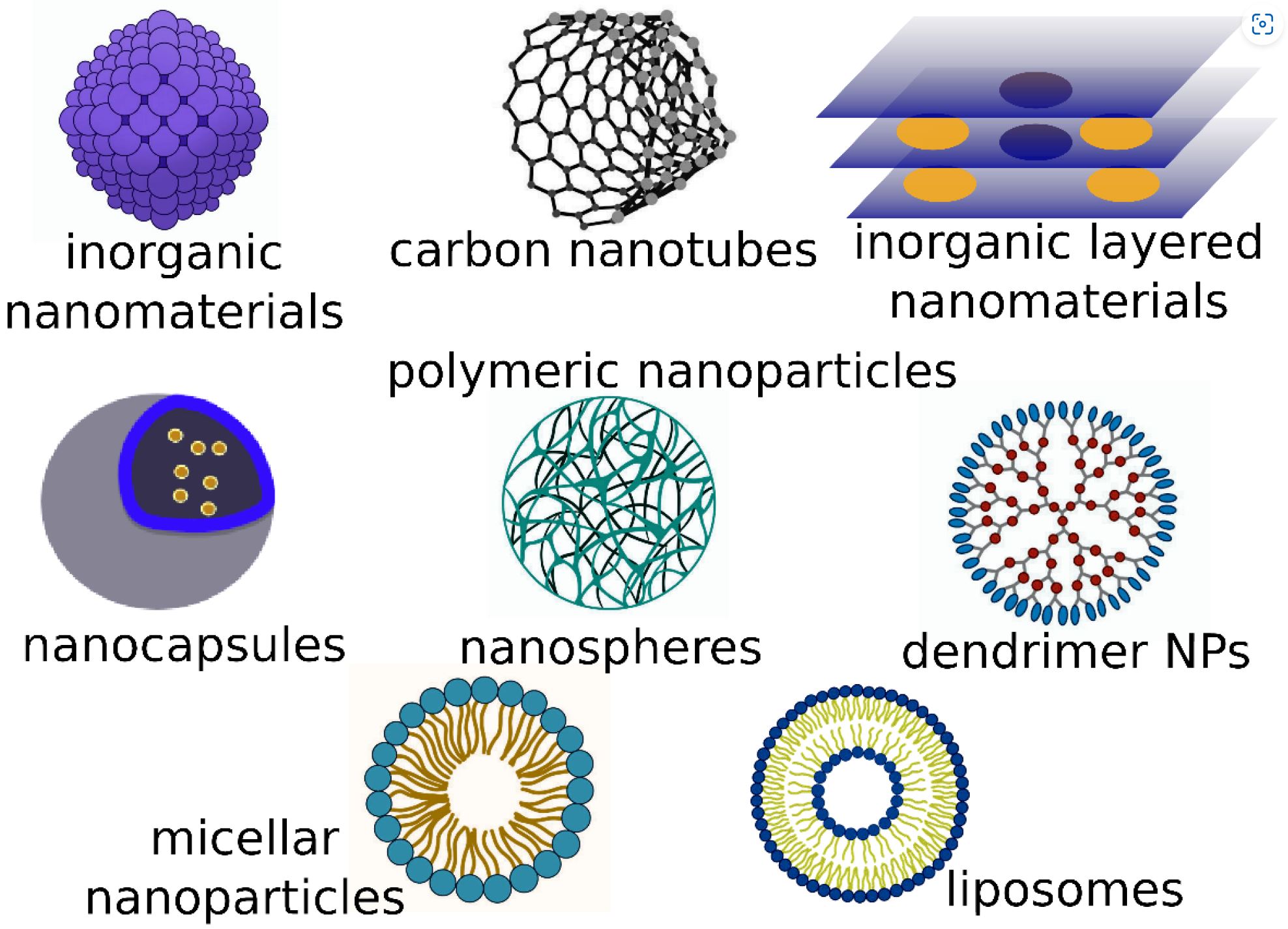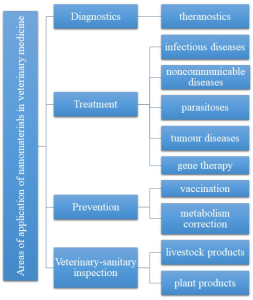Meeting Contemporary Challenges: Development of Nanomaterials for Veterinary Medicine

Abstract
In recent decades, nanotechnology has been rapidly advancing in various fields of human activity, including veterinary medicine. The review presents up-to-date information on recent advancements in nanotechnology in the field and an overview of the types of nanoparticles used in veterinary medicine and animal husbandry, their characteristics, and their areas of application. Currently, a wide range of nanomaterials has been implemented into veterinary practice, including pharmaceuticals, diagnostic devices, feed additives, and vaccines. The application of nanoformulations gave rise to innovative strategies in the treatment of animal diseases. For example, antibiotics delivered on nanoplatforms demonstrated higher efficacy and lower toxicity and dosage requirements when compared to conventional pharmaceuticals, providing a possibility to solve antibiotic resistance issues. Nanoparticle-based drugs showed promising results in the treatment of animal parasitoses and neoplastic diseases. However, the latter area is currently more developed in human medicine. Owing to the size compatibility, nanomaterials have been applied as gene delivery vectors in veterinary gene therapy. Veterinary medicine is at the forefront of the development of innovative nanovaccines inducing both humoral and cellular immune responses. The paper provides a brief overview of current topics in nanomaterial safety, potential risks associated with the use of nanomaterials, and relevant regulatory aspects.
Introduction
True dimensions of veterinary medicine are much broader than private veterinary practice focused on pets and farm animals; they reflect expanding societal needs and contemporary challenges to animal and human health and to the environment [1]. Veterinary medicine provides a crucial contribution to biomedical research, translational medical research, the study of emerging and infectious diseases, public health, production animal medicine, care of companion and exotic animals, and ecosystem management [2]. A complex of targeted activities carried out at different organizational levels characterizes the implementation of nanotechnologies in veterinary medicine. At the international level, those activities are represented as concepts, agreements, memoranda, recommendations, and other documents aimed at coordinating the development of veterinary nanomaterials in the world. At the same time, feedback from manufacturers and government agencies allows businesses to legally influence the legislative process [3].
Biomedical applications benefit significantly from the use of nanomaterials, primarily due to their size compatibility with various biological entities. Dimensions of those materials align well with the sizes of cells (1–100 μm), viruses (20–450 nm), proteins (5–50 nm), and genes (2 nm wide by 10–100 nm long). Small sizes allow nanoparticles to navigate within the body without causing a disruption to normal physiological functions [4]. Furthermore, nanoscale materials can access confined spaces that are inaccessible to larger particles, thus offering unique advantages in biomedical applications. Therefore, nanotechnology has great potential to solve many different problems in veterinary medicine and veterinary–sanitary inspection [5].
In the last three decades, rapid advances in nanotechnology have paved the way for the effective and successful application of nanomaterials in many different fields of veterinary medicine (Figure 1). The use of nanoscaled materials and drug delivery forms has proven to be effective in the diagnosis, treatment, and prevention of both infectious and non-infectious animal diseases. Those innovative approaches have demonstrated promising results in veterinary medicine, offering enhanced therapeutic outcomes and improved disease management. By leveraging nanotechnology, veterinarians can employ targeted and controlled delivery of medications that lead to improved efficacy, reduced side effects, and better overall outcomes for animals. In particular, a new generation of vaccines delivered through nanovectors showed considerably higher efficiency than conventional ones. The addition of nanomaterials to feeds enabled a direct assessment of their quality. Nanoparticle-based test systems for quality control and inspection of different products of animal and plant origin can already be found on the market [6].

In the present paper, we analyze the state of the art and outlooks for the application of nanomaterials in veterinary medicine and discuss a wide range of available nanotechnologies (medicines, diagnostic devices, feed additives, and vaccines) that are currently used to combat animal diseases. A brief overview of current topics in the safety of nanomaterials, potential risks of their use, and relevant legal aspects is also provided.
Download the full article as PDF here Meeting Contemporary Challenges: Development of Nanomaterials for Veterinary Medicine
or read it here
Danchuk, O.; Levchenko, A.; da Silva Mesquita, R.; Danchuk, V.; Cengiz, S.; Cengiz, M.; Grafov, A. Meeting Contemporary Challenges: Development of Nanomaterials for Veterinary Medicine. Pharmaceutics 2023, 15, 2326. https://doi.org/10.3390/pharmaceutics15092326
See the webinar:
“Fast Track development of Biphasic nano-dexamethasone Pellets using galenIQ™”, 12 October 2023:
Get more information & register here for free:


